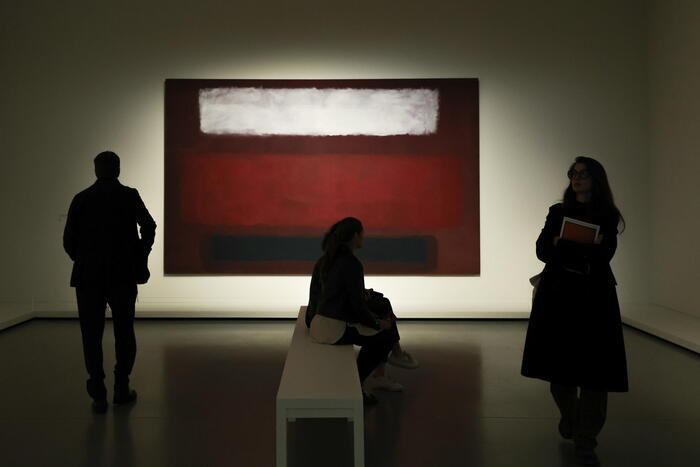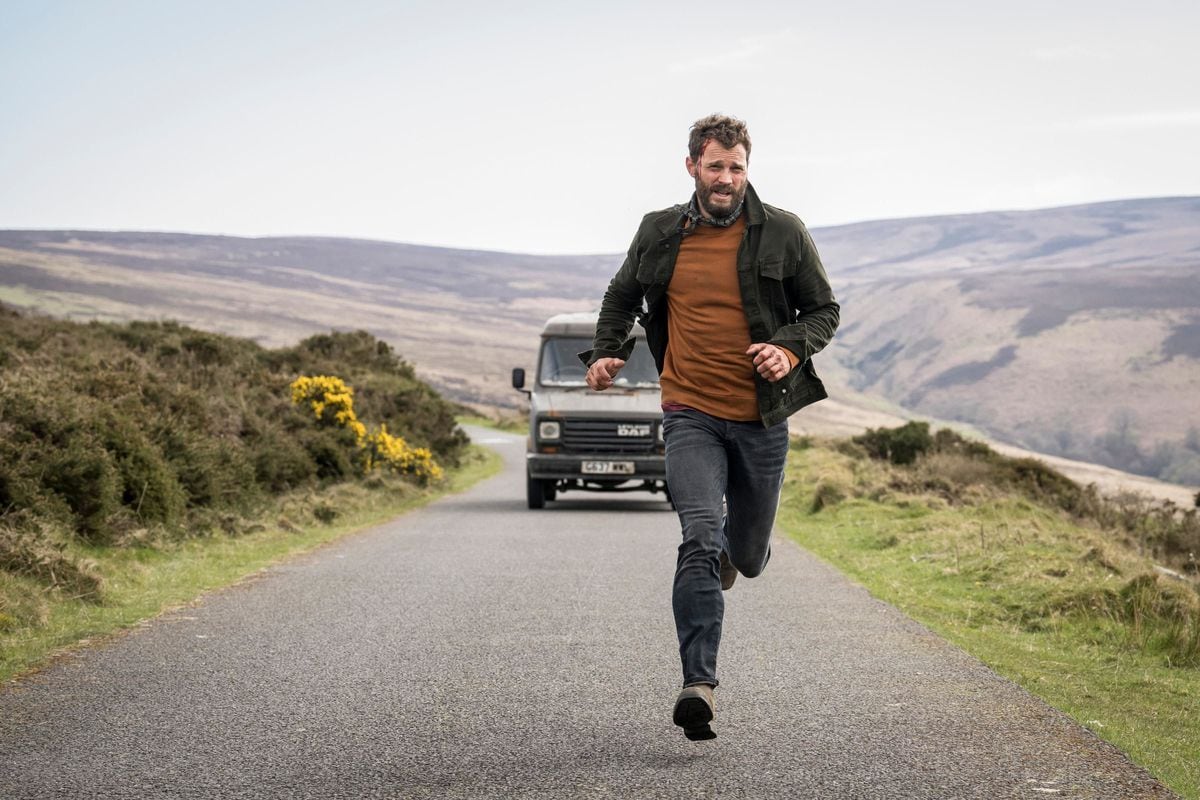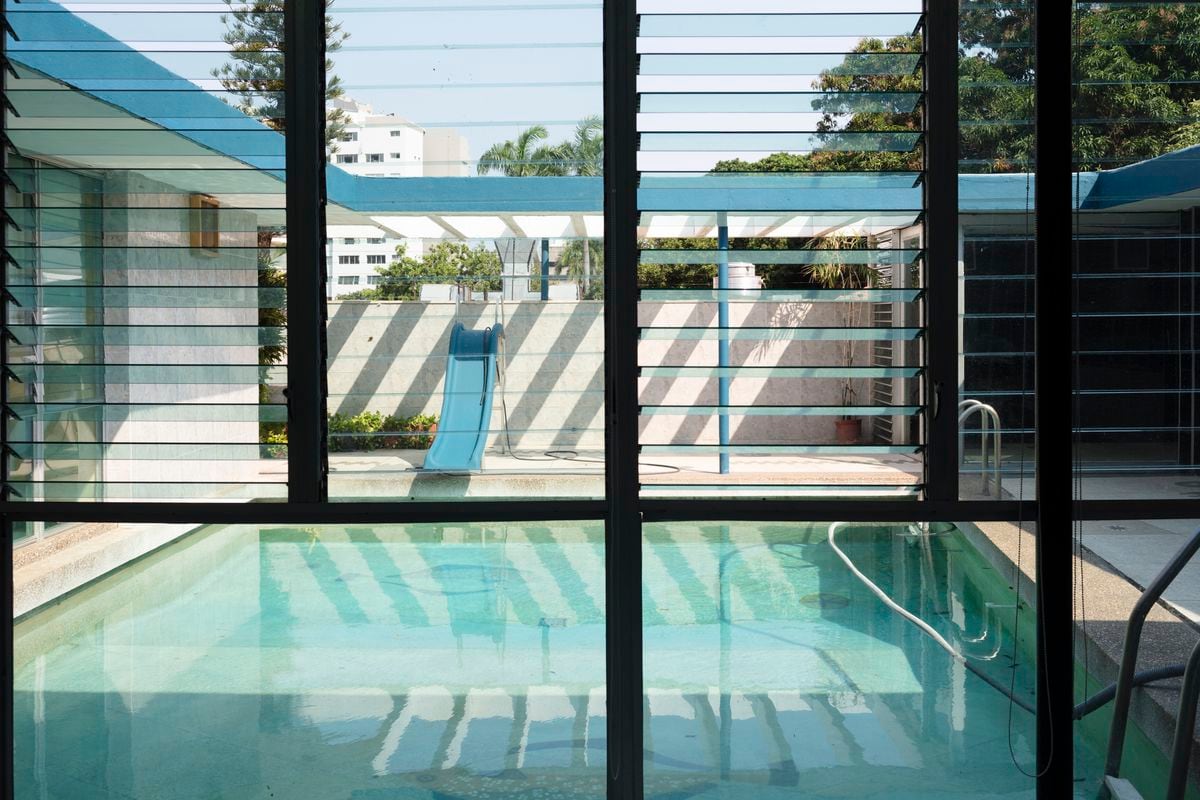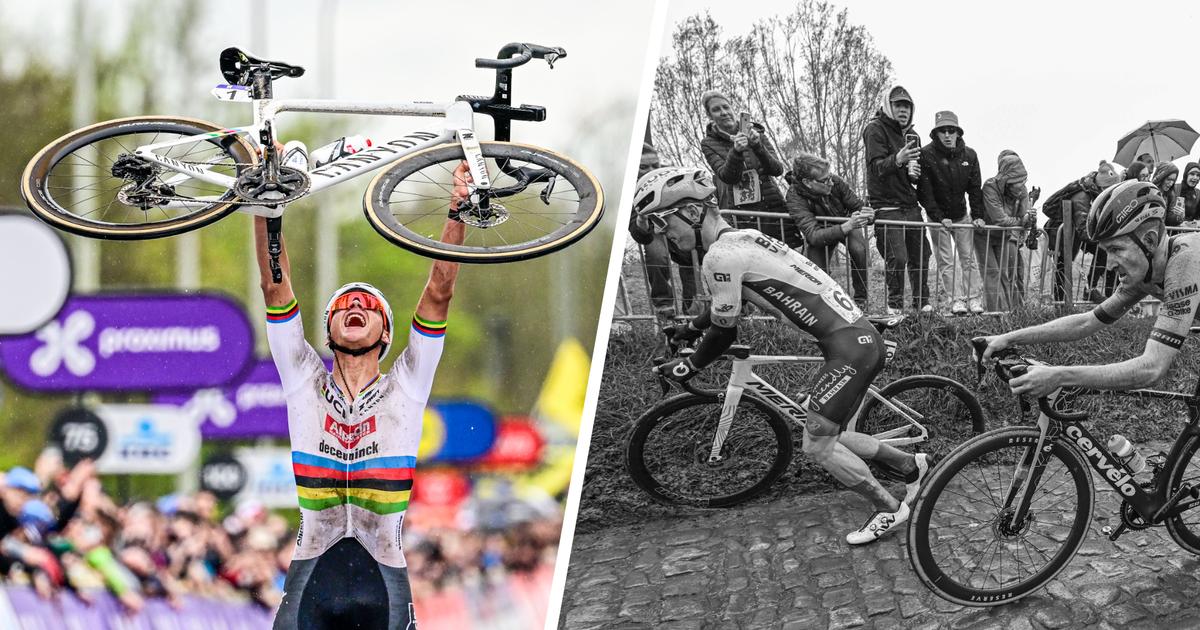It took more than six years of work, but the Neue Nationalgalerie, Ludwig Mies van der Rohe's iconic work in Berlin, is now ready to once again house the State Museums collection of 20th century art.
The building, inaugurated in 1968, has been restored by the British architect David Chipperfield preserving all the original elements that were not damaged and respecting the original design as much as possible.
The museum will not open its doors until August, with an exhibition by Alexander Calder, but the works are finished and as soon as the pandemic allows it - part of leisure, culture and indoor restoration remain closed in almost all of Germany - a few days of Open doors will allow Berliners to see the result of the meticulous restoration of 140 million euros.
More information
Mies van der Rohe: Less is more
The Venice Biennale now listens to the world
What if the best pavilion of the Venice Architecture Biennale 2021 is in the toilet?
Nothing seems to have changed in the building, conceived as a kind of temple: on a huge stone plinth stands a glass structure with a rectangular steel roof supported only by eight pillars that are barely visible because they leave the corners free. The glass skin makes the temple, an open room, seem to be effortlessly supported and blend into the outside landscape. After more than fifty years of its opening, many of those glass sheets were broken, the frames were rusted and moisture was entering, explained Michael Freytag, an architect at Chipperfield's Berlin studio, during a visit with journalists at the end of April. At first sight,Nor was it perceived that the concrete of the base was deteriorated or that the museum no longer met the technical and security requirements of any modern building.
Pieces of the stone cladding of the Neue Nationalgalerie in Berlin, removed and inventoried during the restoration of the building.Christian Martin / Neue Nationalgalerie
After the intervention, both extensive and surgical, the building is an autonomous museum, Freytag stressed, with all the necessary functions and services. The only structural changes have occurred in the lower part, in the plinth where the permanent exhibition with Expressionist, Cubist and Surrealist works will once again be housed. The cloakroom and shop have been relocated, now occupying the space of the old warehouse. The new warehouse has been built gaining ground under the terrace. Everything else has been kept as it was. More than 30,000 pieces (paving slabs, pillar tiles, furniture ...) were dismantled, inventoried and replaced after their restoration. Everything that was damaged was replaced, like the glass,They traveled from China in containers because only there was a manufacturer capable of producing sheets of the necessary width found. The originals had been made in the former Czechoslovakia.
David Chipperfield says that at no point was he tempted to alter Mies van der Rohe's original design. “It is a great monument in the history of architecture. Our job was to restore it, not to represent us, "he says by phone from his home in Corrubedo, A Coruña, where a good part of the pandemic has passed. "The building was not falling down, and on the surface it seemed fine, but after fifty years it had deteriorated a lot," he explains. He was surprised by the poor condition of the concrete and how the condensation, very high at outside temperatures below four degrees, had affected the windows and frames. "The façade was not designed for Berlin winters," he says.
Interior of the Neue Nationalgalerie, designed by Mies van der Rohe, after restoration by architect David Chipperfield, © Simon Menges / Neue Nationalgalerie
The temple of light and glass that Mies van der Rohe designed for Berlin once again stands impeccably a few meters from Potsdamer Platz, the place chosen by the authorities to build in West Berlin the cultural facilities that the Wall had left isolated in the eastern part or that were destroyed during the Second World War: the Philharmonic, the National Library… He created a new cultural area very close to the wall, the Kulturforum. "This work is not just a museum, it is a piece of great symbolism," says Chipperfield. The Neue Nationalgalerie is the only building that Mies van der Rohe designed in Berlin after emigrating to the United States. The Bauhaus architect died in Chicago a few months after the opening.
Those who knew the museum before the works will not notice at first glance many of the improvements, such as the renovation of the entire technical infrastructure (lighting, air conditioning) or the removal of barriers, because Chipperfield has preserved or reproduced as faithfully as possible all the elements originals. The bathrooms, for example, or the wardrobe. The two wooden modules, where visitors are received, have been preserved. A carpet as close as possible to the original has even been commissioned, which covers the floor of the lower exhibition halls. “The challenges of a modern building are very different from those of the 18th century. It can be tempting to do it all from scratch again, because it is possible. We have treated the Neue Nationalgalerie as an 18th century building and not as a contemporary one ”, explains Chipperfield.
Neue Nationalgalerie, a museum designed by Mies van der Rohe, in Berlin, shortly after its opening in 1968. © Archiv Neue Nationalgalerie, Nationalgalerie, Staatliche Museen zu Berlin, Reinhard Friedrich / Neue Nationalgalerie
"It is good news that this work has been restored, a masterful lesson in architecture," says Anna Ramos, director of the Mies van der Rohe Foundation, which manages the pavilion that the architect built in Barcelona for the 1929 universal exhibition. The Berlin work, created almost 40 years later, has many things in common with the pavilion, such as the placement and the distance between the pillars.
"He researched many years to find the solution and execute a masterpiece in which aesthetic, structural and function ambition merge into a harmonious whole."



/cloudfront-eu-central-1.images.arcpublishing.com/prisa/B4T7XCN2ORDQLGNNVCIV4QQYC4.jpg)




